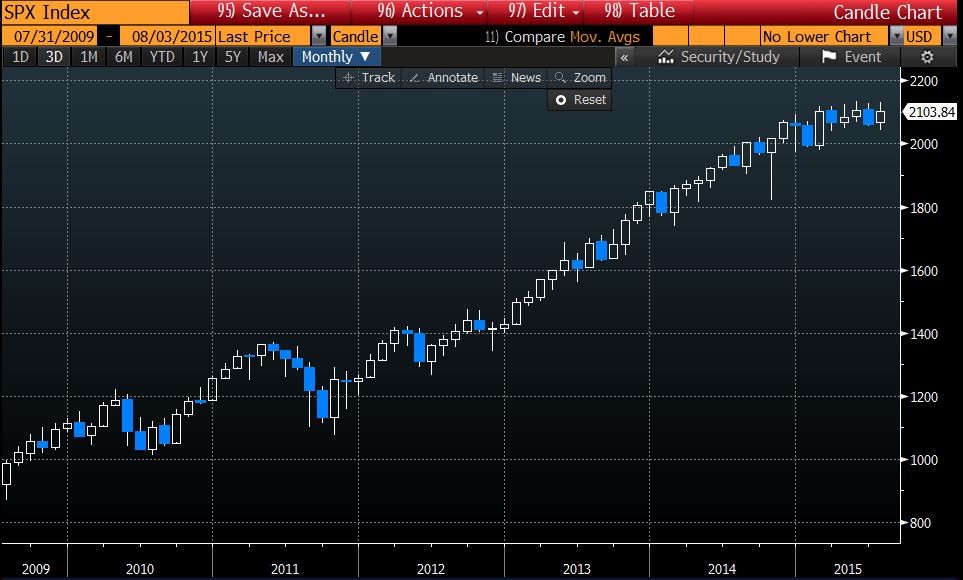Robo-Advisors, 2/3rds of the way there…
It’s 2018, Robo-cop doesn’t yet exist, but Robo-Advisors are very much ‘in’. And it’s not hard to see why.
Businesses like US-based Wealthfront and UK-based Nutmeg promise to build anyone a portfolio that suits their risk profile without any human involvement at all. Pretty much all you need is an email address and a little cash.
On top of that they’re intuitive and easy to use. They have transparent, low fee structures. And they have great web design and marketing too.
Robo-Advisors harness two of the three great powers of modern computing: Networks and Databases.
Networks give their sales efforts huge economies of scale, letting them access many clients without having to knock on doors or have a retail presence. Databases give them the power to manipulate a lot of data, which they use to allocate your money and then keep track of it.
Combine these two great powers and Robo-Advisor companies are able to open and manage a multitude of small accounts – in the process giving small-time investors the feeling that they are getting the kind of individual treatment once reserved for those with access to a private banker.
Things look great when the bulls are charging
A Robo-Advisor doesn’t pick stocks. It constructs a portfolio of ETFs from a restricted menu, choosing weightings relating to your risk appetite. They don’t pretend there’s any active management or asset selection (i.e. ‘Alpha’): the ETFs they invest in are mostly those that have done well recently.
The Robo-Advisor builds a portfolio of ‘Smart Beta’. A portfolio constructed without any active skill added to it.
Right now that looks great. After six years of QE, when stock market price action has been going all one-way. So any historical simulation of what a ‘Smart Beta’ portfolio would have done looks fantastic.
The S&P Index for the past 6 years, one way traffic!
And that track record is a very powerful marketing tool. Almost all investors buy on the basis of the graphically displayed track-record.
But I’m not sure that how you want to look at the next few years.
Think Smart Alpha not Smart Beta
Robo-Advisors don’t rely on skill at all. That’s partly why they can be so low fee.
But now I think many investors are going to be better off using someone who can apply skill and experience right down to the asset-level decision making.
When it gets difficult, who do you want on your team?
And if Investors can access that ‘Alpha-Skill’, they can create their own Smart Alpha portfolios. They can combine this skill with their own risk tolerance by using the third of the three great powers of modern computing…
The final 1/3rd: Computational Analysis
Computers started off as Analytical Engines (1940’s): it is only more recently that they became databases (c 1960) and now networks (1990s).
And Robo-Advisors do very little analytical computing.
But you can. Today in Finance you can access analytical engines that do real maths and aid decision-making. So if you want to move beyond Robo-Advisors and into the realm of Smart Alpha, then you can do it.
You can build a portfolio taking the skilled input of a stock-picker. Computer software such as Sherpa Funds Technology’s ORS can combine it with your own specific risk tolerance to produce your own Smart Alpha Portfolio.
You can use the analytical capabilities of computers, rather than just the networks and databases that the Robo-Advisors use, and make it work for you.




